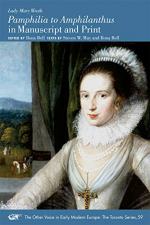|
This section contains 900 words (approx. 3 pages at 400 words per page) |

|
Light and Darkness
One of the most widely used motifs in all of art and literature is the juxtaposition of light and darkness. The association of daytime and visual light with beauty, moral goodness, and positive effects, and of darkness and nighttime with evil, negative emotions, and ugliness, is longstanding. In this poem, however, Wroth overturns this powerful and long-standing association. She certainly makes significant use of it: the poem hinges on the reader’s initial assumption that the night ought to be something to be avoided or feared. However, almost immediately Wroth begins to challenge this idea. Night is not being avoided, but rather welcomed warmly, as a friend that the speaker has longed for.
This inversion does not change any of the qualities usually associated with the night. The speaker confirms that the night is still dark, still heavy (a word that, in the literature...
|
This section contains 900 words (approx. 3 pages at 400 words per page) |

|




